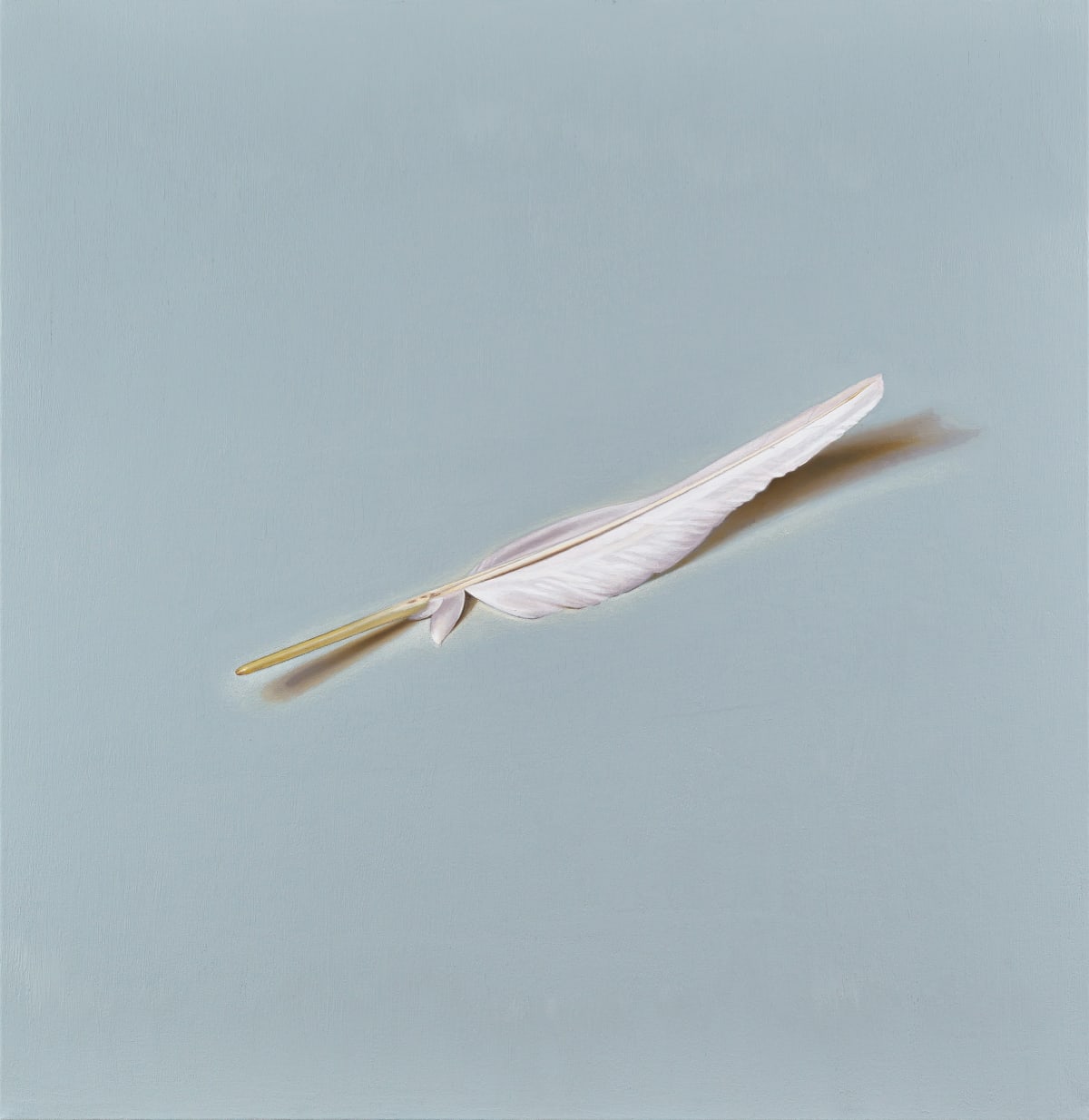LEDA and the SWAN: a myth of creation and destruction
Curated by Minna Moore Ede and presented by Vortic Curated and Victoria Miro, an exhibition of primarily new work by sixteen artists across a variety of media – drawing, painting, sculpture, film and dance. Their responses to the myth of Leda and the Swan are diverse; each has found their own meaning in the story, revealing much about our contemporary preoccupations, be they personal or universal.
Kim Brandstrup, Saskia Colwell, Miranda Forrester, Robin Friend, Tom Hunter, Annie Morris, Audrey Niffenegger, Ana Maria Pacheco, Katie Paterson, Conrad Shawcross and Marina Warner, Kiki Smith, Barbara Walker, Mark Wallinger, Alison Watt, Flora Yukhnovich.
LEDA and the SWAN: a myth of creation and destruction is available to view on Vortic.art.
‘Zeus in the shape of a swan rapes Leda; she is mortal, a princess married to king Tyndareus of Lacedaemon,’ writes Marina Warner in a text for her collaboration with Conrad Shawcross. ‘From this violation, two pairs of twins hatch from two eggs – Helen of Troy and Clytemnestra, and two boys, Castor and Pollux, the Dioscuri “the heavenly lads”. Some reports however say that Leda slept with her husband the night of Zeus’ assault and that therefore two of her children were his: Clytemnestra and Castor are mortal while Helen and Pollux are the children of Zeus, and consequently divine.’
Saskia Colwell’s charcoal drawing Her Eyes were Full of Feathers tackles the brutality and physicality of the rape of Leda, while in Alison Watt’s paintings, Blood and Beak, two single feathers – a current of air still caught beneath them – are all that remain from this violent moment that has just passed. For other artists, the myth works like a ghost, through which they step to find their own version of the tale. In her first self-portrait for twenty years, Barbara Walker stands in front of the skeletal remains of a swan; it is a reflection on a past relationship, on the discovery that beautiful things are not always good for us. Miranda Forrester was drawn to the myth because of the ambiguities around the parenthood of the babies, while Audrey Niffenegger’s Black Swan Infiltration references her own recent surgery and the sense of violation she felt. Her work is accompanied by a new piece of text she has written for the show. Kiki Smith’s Curious Me imagines Leda as a child, aware of her destiny.
Mark Wallinger recasts Castor and Pollux as astronauts. Juxtaposing footage of the Russian Alexei Leonov and the American Ed White taking the first steps in space in 1965 (77days apart), his film is accompanied by music from Rameau’s opera Castor and Pollux (1737). Marina Warner and her son Conrad Shawcross combine their respective interests in mythology and the cosmos to make their first collaborative work. Threshold is a new kinetic sculpture that makes physical the binary entanglement of twins, Castor and Pollux, inseparable in life as in death. Flora Yukhnovich’s oval paintings, Double-Yolker and Sunny Side Up both touch upon the remarkable connections between the myth of Leda and the Christian story of the incarnation of Jesus after the Virgin Mary conceived by the Holy Ghost in the form of a dove.
The myth of Leda and the Swan has been popular with artists and writers since antiquity. During her time as a Renaissance curator at the National Gallery in London, Dr Minna Moore Ede became fascinated by sixteenth-century representations of this story by Leonardo da Vinci and Michelangelo. Renaissance artists were drawn to the sexual nature of the subject; for Leonardo the myth was also an opportunity to investigate the origins of human life and the regenerative power of nature, while for Michelangelo, it allowed him to explore Neoplatonic ideas about union with the divine. Frustratingly, their compositions are today recorded only through surviving drawings and copies; both finished paintings appear to have been victims of iconoclasm in the seventeenth and eighteenth centuries.
‘What I understood from Leonardo and Michelangelo’s portrayals of this myth,’ Moore Ede explains, ‘was that these ancient tales were often vehicles that fuelled the artists’ imagination, through which they could explore ideas that were important to them. These stories carried meaning, but that meaning changed according to the culture that was responding to it. The artists in this exhibition continue in this tradition, bringing Leda into the twenty-first century’.
Vortic Curated is a dynamic series of exhibitions by invited curators presented virtually on Vortic and with partner galleries.Vortic is a powerful platform for the art world to present exhibitions across the web and mobile app in virtual and augmented reality.
LEDA and the SWAN: a myth of creation and destruction is on view at Victoria Miro, London and on Vortic.art.



